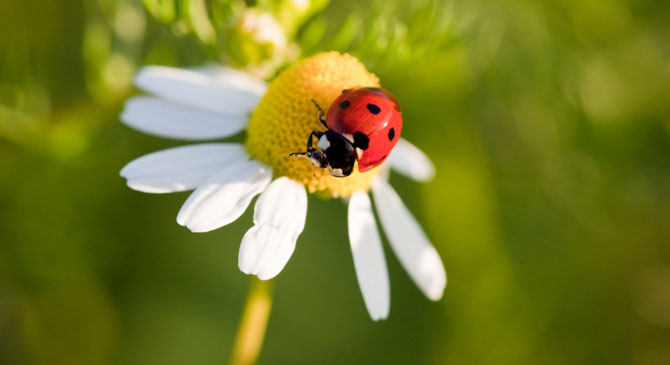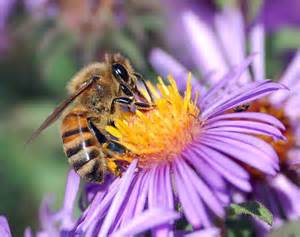
In his New York rooftop greenhouse, Rex Stout’s fictional armchair detective Nero Wolfe had three rooms for a wide variety of orchids. No insect entered that greenhouse. But although Wolfe was an obsessive hybridizer, it was bees, wasps and flies, far more than orchid fanciers, who had created his collection’s extravagant range of shapes and colors.
Every flower is shaped by a partnership between a plant and its pollinators—the insects (or, occasionally, bats or hummingbirds) that carry pollen from male plant parts to female plant parts to start the process of creating a seed. The plant exchanges food—pollen and sugar-rich nectar—for pollination services. Plants pay for sex.
By evolving to attract certain animals, flowers increase the chance that their pollen will travel to another blossom of their own species. Orchids take this to an extreme, evolving distinct and elaborate shapes that often exclude every insect except one favored kind. But to a lesser extent, you can see the effects of target advertising in your own garden.
Flowers that are pollinated by butterflies tend to be large and pink or lavender and to offer nectar rather than pollen. Plants pollinated by beetles, such as magnolias, usually have large flowers that are white or greenish-white and fragrant. If they are pollinated by moths, which are usually nocturnal, blooms will likely be white and open at night.
 A wide variety of flowers are pollinated by bees—but that’s partly because there are many kinds of bees, not just the familiar honeybees.
A wide variety of flowers are pollinated by bees—but that’s partly because there are many kinds of bees, not just the familiar honeybees.
Pollination is particularly important to us in our vegetable gardens. If flowers don’t get pollinated, they can’t develop into tomatoes or green beans. So we want to attract plenty of bees, wasps and flies to browse from flower to flower on each vegetable plant, shopping for pollen and nectar, accidentally redistributing pollen at every stop.
The best way to attract pollinators is to plant flowers near the vegetables. We can’t hope to zero in on the specialists, but many insects will check out a wide range of flowers, so the greater the variety of flowers we plant, the better.
The local insects evolved along with the local native plants, but most pollinators aren’t too choosy: Foreign-born marigolds and catmint are as popular among native bees as all-American coneflowers and black-eyed Susan.
For flowers that go right in among the vegetables, it’s best to choose annuals that you can discard at the end of the season when you yank up the tomato plants. You don’t want to plant perennial flowers in a place you plan to till.
One nifty trick is to plant some flowers in containers. That way, you can move them around depending on where you want to attract the insects (when the peas are done, move the pots over by the tomatoes). For insects, it’s a moveable feast. For plants, it’s a shot at a genetic legacy. For us, it’s a harvest.










